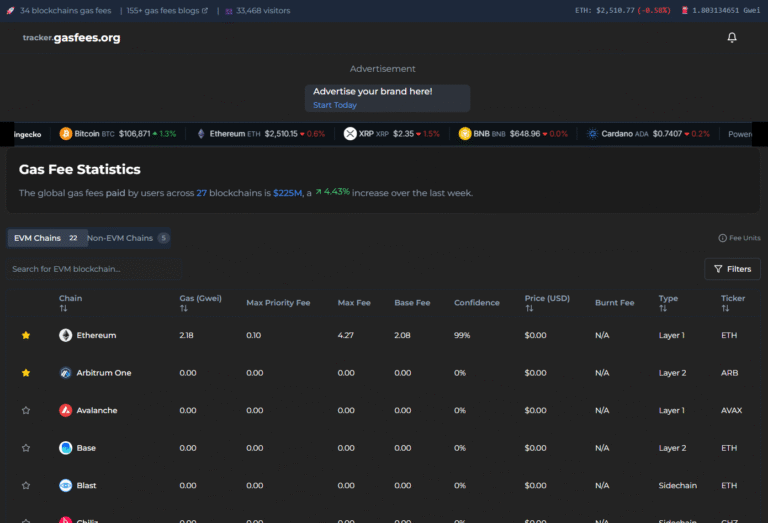
What Are ZetaChain Gas Fees?
For example, bridging 10 USDC from Ethereum to BSC on ZetaChain costs approximately 0.0022 ETH, which is significantly lower compared to alternatives like LayerZero, offering an 83.7% reduction in gas fees
ZetaChain, an innovative blockchain platform focused on cross-chain interoperability, does implement gas fees for transactions.
However, the approach is designed to streamline and simplify costs for users. Instead of a flat fee structure, gas fees are calculated based on the native token of the blockchain from which a transaction originates.
For instance, if you’re using Ethereum to interact with ZetaChain, the gas fees are paid in ETH.
This mechanism makes cross-chain operations more seamless and affordable. For example, transferring assets like USDC from Ethereum to Binance Smart Chain through ZetaChain incurs significantly lower gas fees compared to other platforms like LayerZero.
Users benefit from reduced costs while maintaining secure and efficient transactions across multiple blockchains.
The gas fee system ensures that ZetaChain supports smooth interoperability while keeping expenses manageable for both developers and end-users. This makes it an attractive choice for decentralized applications and multi-chain interactions.
Native Token Payment: Gas fees on ZetaChain are paid in the native token of the originating blockchain (e.g., ETH for Ethereum transactions).
Cost Efficiency: ZetaChain significantly reduces gas costs for cross-chain operations, often being cheaper than alternatives like LayerZero.
Cross-Chain Simplicity: Its design supports smooth and secure transactions between blockchains while maintaining affordability.
Innovative Fee Calculation: The fee structure aligns with the source chain, ensuring compatibility and user convenience.
Ideal for Interoperability: The platform’s gas fee model supports its mission of enabling efficient decentralized applications across multiple chains.
This approach makes ZetaChain a practical and cost-effective choice for developers and users in the blockchain ecosystem.





